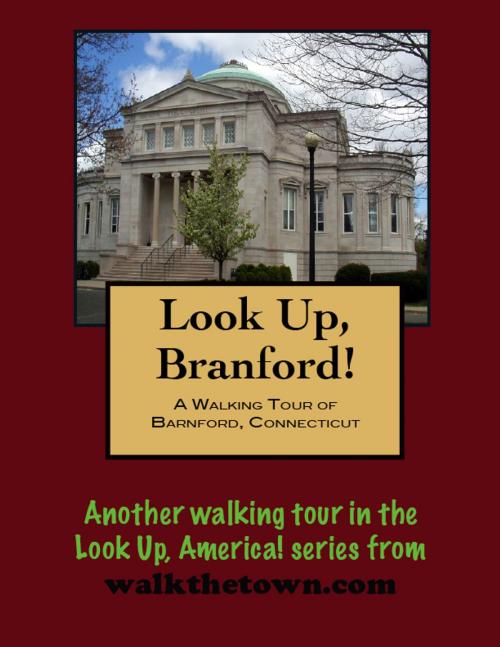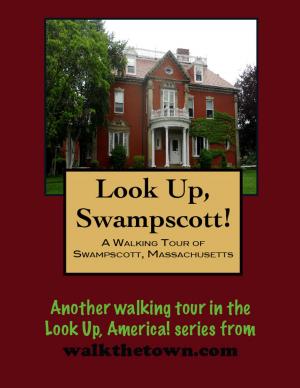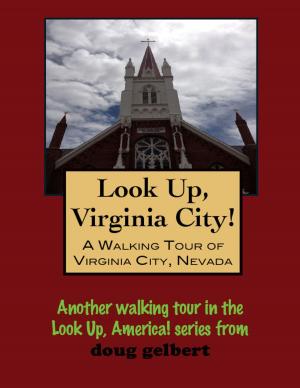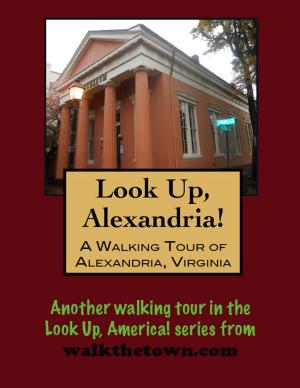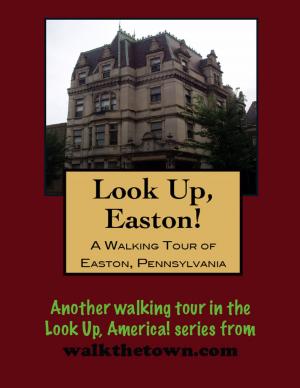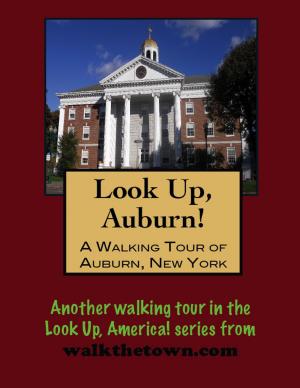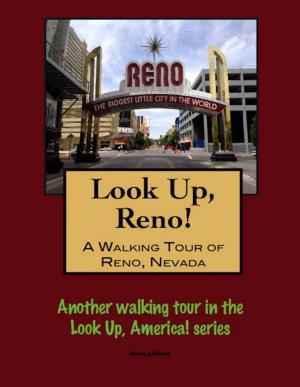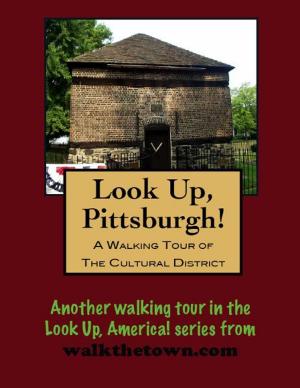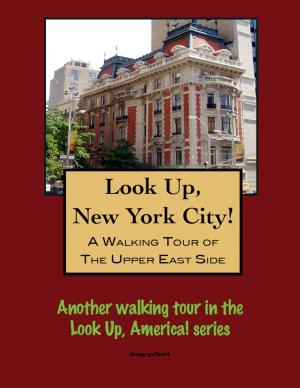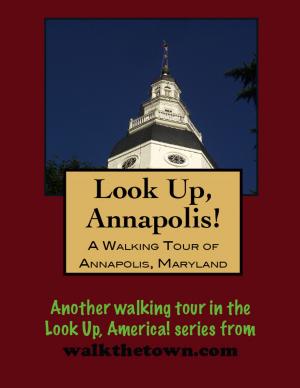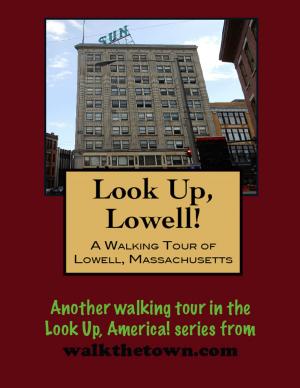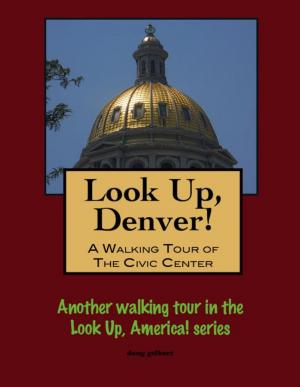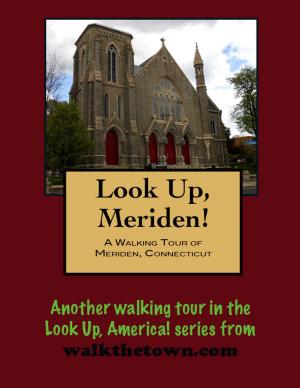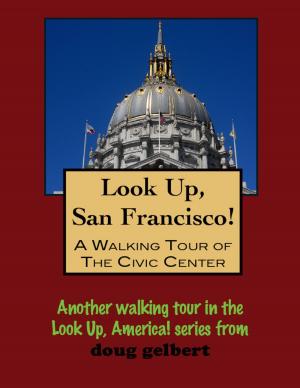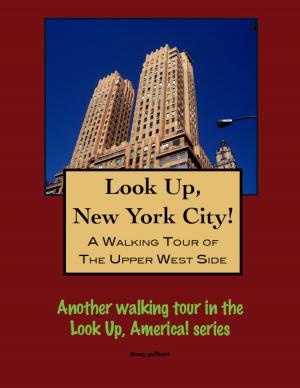| Author: | Doug Gelbert | ISBN: | 9781458060860 |
| Publisher: | Doug Gelbert | Publication: | March 1, 2011 |
| Imprint: | Smashwords Edition | Language: | English |
| Author: | Doug Gelbert |
| ISBN: | 9781458060860 |
| Publisher: | Doug Gelbert |
| Publication: | March 1, 2011 |
| Imprint: | Smashwords Edition |
| Language: | English |
There is no better way to see America than on foot. And there is no better way to appreciate what you are looking at than with a walking tour. This walking tour of Branford, Connecticut is ready to explore when you are. Each walking tour describes historical, architectural landmarks, cultural sites and ecclesiastic touchstones and provides step-by-step directions. Every tour also includes a quick primer on identifying architectural styles seen on American streets.
When first settlers of the New Haven Colony purchased land from the Mattabesech Indians in 1638 it included the territory of Totoket, later called Branford, supposedly for Brentford in the English county of Middlesex. The colony thrived due to productive cropland and its location on the Branford River, which provided the only deep harbor between New Haven and New London. Ships trading lumber, livestock, brooms, and produce for molasses and rum from the West Indies.
Farming was the mainstay of Branford life for over 200 years. The railroad arrived in 1852, bringing small businesses like Branford Lockworks, Malleable Iron Fittings Company, and the Atlantic Wire Company, but the next real injection of financial vitality came from the vacation trade. Twenty summer hotels made Branford a popular resort area including the Indian Point House in Stony Creek, the Montowese House in Indian Neck, and the Sheldon House in Pine Orchard.
Our walking tour will concentrate on the Green, a triangular open space that is one of Connecticut’s most attractive and the heart of the community since 1699. But we’ll start a block away, in front of a marble building from 1896 that never fails to turn heads in Branford. Consider the lead by a reporter from the Boston Herald for his piece on Branford, “In a very plain village in Connecticut by the sea, nine miles east of New Haven; in a lonesome little town called Branford, which has a malleable iron factory, a lock shop, a quarry and miles of farm patches that produce annually 50,000 quarts of strawberries for the Boston market, there is a public library that cost nearly $600,000!”...
There is no better way to see America than on foot. And there is no better way to appreciate what you are looking at than with a walking tour. This walking tour of Branford, Connecticut is ready to explore when you are. Each walking tour describes historical, architectural landmarks, cultural sites and ecclesiastic touchstones and provides step-by-step directions. Every tour also includes a quick primer on identifying architectural styles seen on American streets.
When first settlers of the New Haven Colony purchased land from the Mattabesech Indians in 1638 it included the territory of Totoket, later called Branford, supposedly for Brentford in the English county of Middlesex. The colony thrived due to productive cropland and its location on the Branford River, which provided the only deep harbor between New Haven and New London. Ships trading lumber, livestock, brooms, and produce for molasses and rum from the West Indies.
Farming was the mainstay of Branford life for over 200 years. The railroad arrived in 1852, bringing small businesses like Branford Lockworks, Malleable Iron Fittings Company, and the Atlantic Wire Company, but the next real injection of financial vitality came from the vacation trade. Twenty summer hotels made Branford a popular resort area including the Indian Point House in Stony Creek, the Montowese House in Indian Neck, and the Sheldon House in Pine Orchard.
Our walking tour will concentrate on the Green, a triangular open space that is one of Connecticut’s most attractive and the heart of the community since 1699. But we’ll start a block away, in front of a marble building from 1896 that never fails to turn heads in Branford. Consider the lead by a reporter from the Boston Herald for his piece on Branford, “In a very plain village in Connecticut by the sea, nine miles east of New Haven; in a lonesome little town called Branford, which has a malleable iron factory, a lock shop, a quarry and miles of farm patches that produce annually 50,000 quarts of strawberries for the Boston market, there is a public library that cost nearly $600,000!”...
